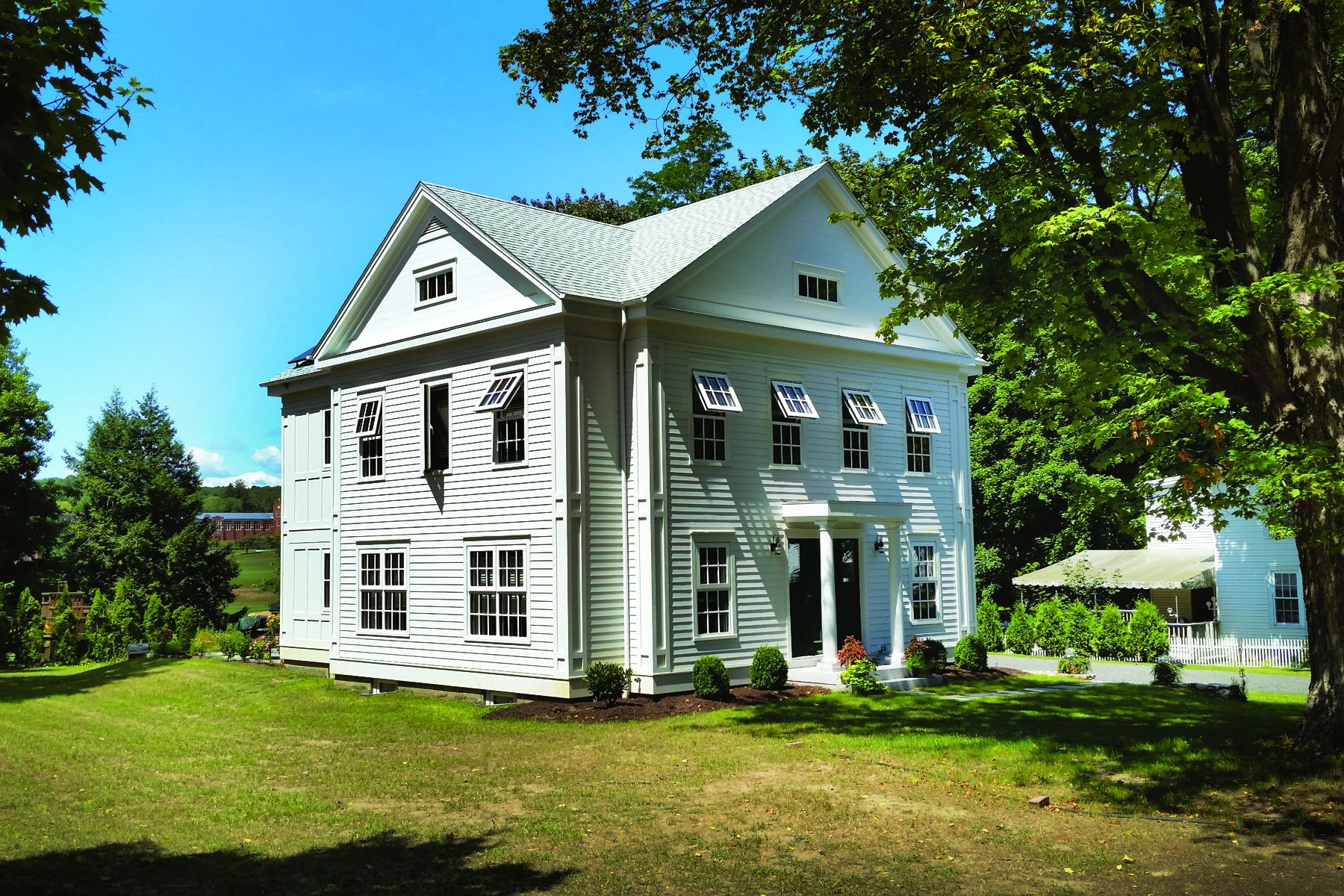Beginning Jan. 1, 2016, new homes 5,000 square feet or larger in Boulder County, Colo., must be built to net zero standards. The mandate, part of the county’s BuildSmart program, is the latest extension of earlier rules that applied first to homes larger than 8,000 square feet and then to homes of 6,000 square feet or more. The program’s ultimate goal is to require that all new Boulder County homes meet net zero standards by 2022.
Boulder’s legal requirement may be the most stringent in the nation. California’s highly publicized statewide goal of achieving net zero for all new homes by 2020 isn’t legally mandated. Other municipalities across the country have also set goals, such as Cambridge, Mass.’s objective of having all new homes achieve net zero emissions by 2022, and Montpelier, Vt., which aims to have most new homes be net zero–ready by 2030. But neither of these cities has made its goals part of the code.
However, that doesn’t mean that additional mandates will not be forthcoming. Many cities in the U.S. have already made a variety of carbon-reduction commitments. Phoenix, Atlanta, Minneapolis, Cincinnati, and Portland, Ore., for example, have all embarked on plans to reduce their greenhouse gas emissions by 80 percent. A good portion of these emissions reductions will have to come from buildings. According to the Boulder Daily Camera, about 12 percent of greenhouse gas emissions nationally come from commercial and residential energy use. In areas with a higher ratio of homes to commercial, residential use accounts for more of the total. Boulder County’s residential energy use tips the scale at 28 percent.
All of this adds up to the inevitability of requiring higher levels of energy efficiency in new homes by law. So, if you haven’t yet begun working on lowering your HERS scores, it’s time to start. Bill Rectanus, VP of home building operations at DOE Housing Innovation Grand Award winner Thrive Home Builders (formerly New Town Builders) in Denver, says that it takes quite a while to achieve the kind of performance detailed in our Building Science column this month, and that a builder that had to make a quick jump from building to code to net zero–ready would be facing a very heavy lift.
Some builders admit that they just don’t know where to begin. In some cases, it’s not that the information isn’t out there, it’s a matter of too much information. Many people have been working on this on their own, learning as they go, and it’s hard to find a simple, prescribed way of doing things. And the truth is, a super-tight, energy-efficient house operates as a system, and every step you take can affect or be affected by something else you do.
There is some straightforward and readily available help, however. Extensive educational resources can be found online from organizations such as EEBA (The Energy & Environmental Building Alliance) and from the DOE’s Building America program. There are consultants that you can engage to walk you through the entire energy-efficient building process: Building Science Corp., Steven Winter Associates, and Construction Instruction, to name just a few.
There are also other builders. It always amazes me how generous builders are with their knowledge and their time for others in their industry. Check out this recent blog post from Ed Kubiak, director of construction for Beechen & Dill Homes, in Burr Ridge, Ill. And there are lots of other builders out there willing to share the info they’ve garnered through much trial and error.
But no matter where you decide to start the process of learning about energy efficiency and putting it into practice, just do it. Getting ahead of this curve will benefit both you and your buyers.





